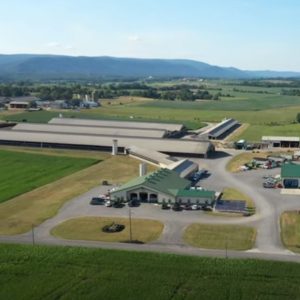
Rod Hissong Was Interviewed in the New Episode of “Cow-Side Conversations”
In the Center for Dairy Excellence’s latest episode of the “Cow-Side Conversations” podcast, Rod Hissong of Mercer Vu Farms in Franklin County, Pennsylvania, discussed their journey to investing in a satellite dairy in Virginia – 65 miles away from their home dairy farm. During the podcast interview, Rod also shared their unique approach to calf management, including a group housing facility and feeding acidified milk. He offered perspective on cultivating a diverse workforce and a team of dedicated employees at two locations.
Rod opened the podcast by describing the size and scale of their operation. Rod and his brother, Rick, are 50/50 partners at Mercer Vu Farms and milk approximately 3,400 mature cows. The home dairy is in Mercersburg, Pennsylvania and their satellite operation is located in White Post, Virginia. Between the two sites, they currently farm about 5,000 acres and care for 2,600 young stock. Growing up on the farm during his childhood, Rod says they only milked about 100 cows at that time.
“We did a lot of character-building jobs [growing up] that didn’t seem so great at the time. But when you look back, they set the foundation for where we are today,” he shared in the podcast.
After graduating from Penn State University, both Rod and Rick returned to the family farm and began to consider what expansion might look like. They worked with advisors and, in 2006, they also began hauling their own milk, which they continue to do today. In 2006, they expanded by building another barn that took them up to 1,500 cows. It was not until 2014, when they were trying to determine their next direction, that the White Post facility went up for sale. They decided to purchase the farm in 2015 and grew Mercer Vu Farms to the 3,400 cow-herd they have today.
Each brother focuses on distinct areas of the business, but Rod says the key to their success has been retaining and motivating long-term employees. They work to create a laidback environment for their team with high expectations. They focus on getting the basics right and proactively solving problems before they happen. Out of the 32 employees that have been working at Mercer Vu Farms the longest, Rod says they average between 12-14 years of service.
“The key to our success has been several long-term employees who have grown with us as we’ve grown. On the cow side, a lot started as milkers. We recognized talent and ambition with them and moved them up, gave them responsibilities, and let them make mistakes and learn,” he shared. “It’s really those top 32 employees that you build a business like this around. The employees who breed cows, haul milk, drive truck and are out in the fields do it way better than my brother and I could ever do.”
When reflecting on the decision to invest in a satellite dairy, Rod says there were several factors hindering their growth. Their milking parlor was maximized at 1,600 cows, and land base in the area was a limiting factor. There was also a lot of competition for rent.
“We grew the operation here in Mercersburg, and we felt like we had grown this to a point where we were accepted by the community with minimal issues,” Rod explained. “If we pushed cow numbers here anymore, the feed would have had to come further and we would have upset that apple cart. We just thought the growth here was limited.”
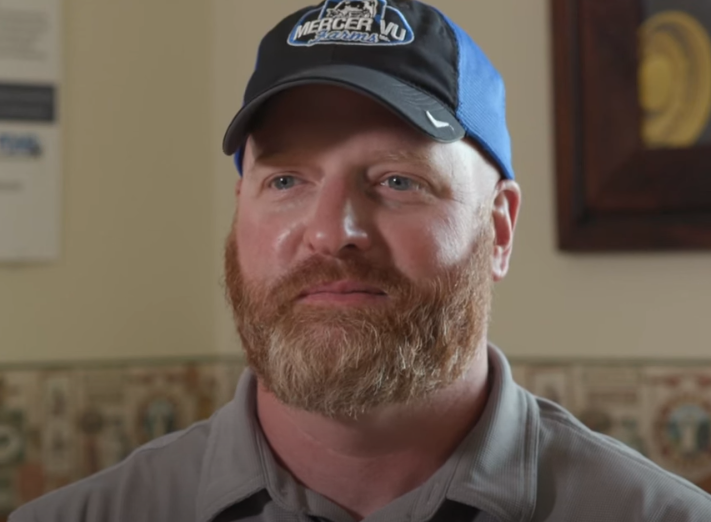
With Franklin County being dry with little rain at times, the Hissongs also felt the weather risk was high at their home dairy farm. They liked the idea of spreading that risk out over a larger geographical area. In turn, they could spread out their business risk with the satellite dairy as well.
“When we looked at White Post, we spent a fair amount of time looking at the ground they were renting. We looked at their community, availability of land base and things like that. We felt fairly confident there wasn’t as much competition for ground. We felt there were some upsides,” Rod added. “We’ve had beautiful corn crops down there in Virginia. Our cost per ton of corn silage for the eight-year running has been about $10 less a ton down there. A lot of it comes back to yield. There’s cheaper feed down there because it rains.”
With 3,500 acres in Pennsylvania and 1,500 acres in Virginia, Rod and his team double crop as much as possible. They grow rye in Virginia and focus on triticale and alfalfa in Pennsylvania for the weather window. They grow corn in both locations, and twice a year, the Hissongs transport their harvesting equipment back and forth. In terms of the facilities and barns, Rod noticed a lot of similarities between both farms. The White Post facility had good bones, open barns, and strong animal comfort and cow flow. It was also the size and scale that made them comfortable from a management perspective.
“If you’re going to duplicate things, it’s nice to do it at a size that makes it economical. We felt comfortable that the [satellite] facility fit that mold and would work from that standpoint,” he said.
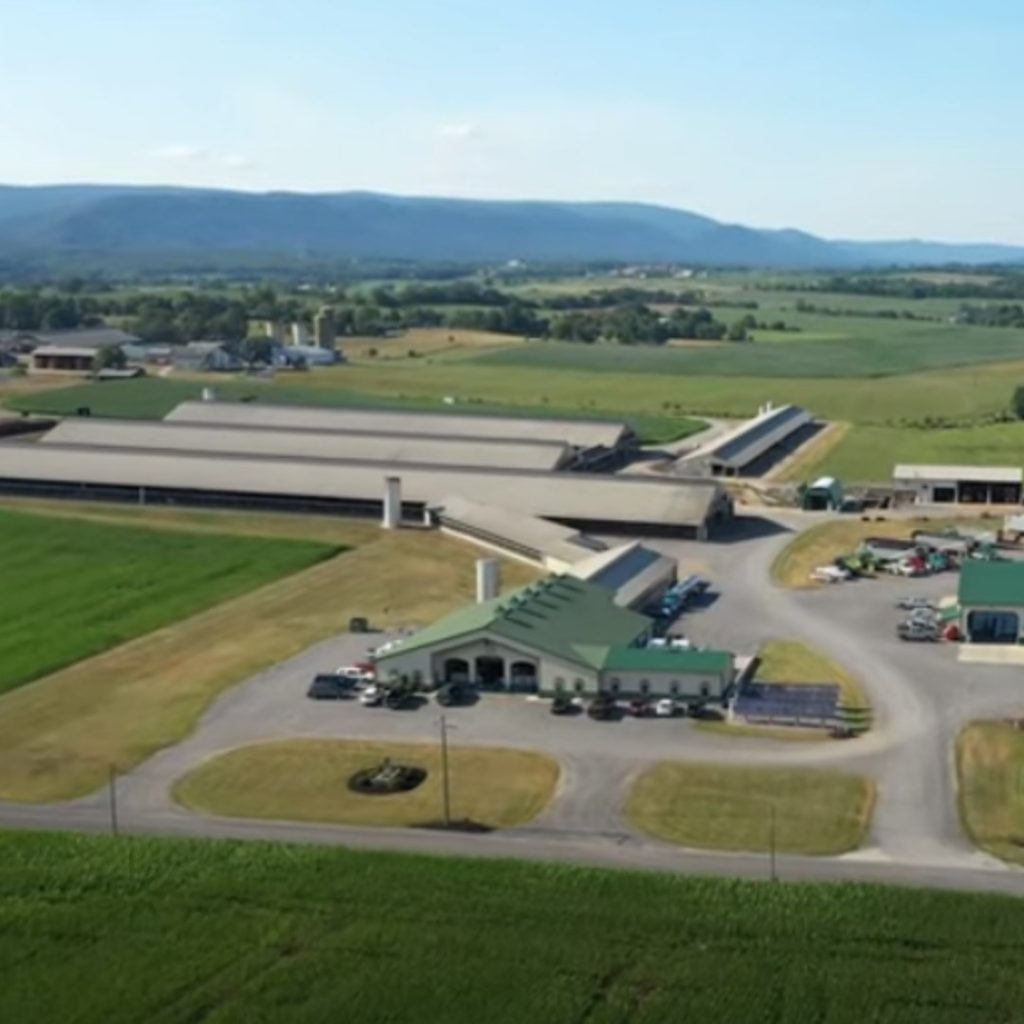
Their goal with both facilities is to manage everything as one big team. All calvings occur at the Mercersburg location, and the cows stay there for their first 21 days. At that point, most first and some second lactation cows are transported to the Virginia facility, which is now comprised of about two-third first lactation and one-third second lactation cows. Once a week, the Hissongs also transport fresh cows to Virginia and bring a group of dry cows back to PA. They have 16 full-time employees at the Virginia location – many who worked there before the Hissongs purchased it – and keep all specialized labor in Mercersburg.
“That’s key when you come into a new facility: knowing where the water lines are and how things work. It’s nice to have somebody who knows those things and had been there. They were great additions to our staff,” Rod said. “I’d say [the satellite dairy] has made us a better business as far as profitability. You’re leveraging talent a little bit more and the same thing with equipment. It’s being utilized over two facilities. It has allowed us to be more efficient with pretty much everything, which I think at the end of the day has translated into being a better business.”
During the podcast interview, Rod also discussed their unique group calf facility. After experimenting with group feeding on every corner they could find on their home farm, they were restricted with ventilation and other factors. In 2015, right before they bought the satellite dairy, they moved forward with a new group housing barn for the calves. The barn has 20 pens with 20 calves, and the animals stay in that pen until they are weaned. With 10 pens on each side of the milk room, Rod and his team also have a unique approach to feeding. They feed their calves acidified milk instead of pasteurized.
“We bring waste milk over, and then we add a balancer in. We’re trying to boost protein in that. We’ll add formic acid and add it to the storage tank. Then, from that tank, we pull milk into a loop that runs the entire length of the barn so there’s milk circulating throughout the facility,” Rod explained. “There’s milk available 24/7 for those calves, and they can eat at any time. They’re on milk for eight weeks.”
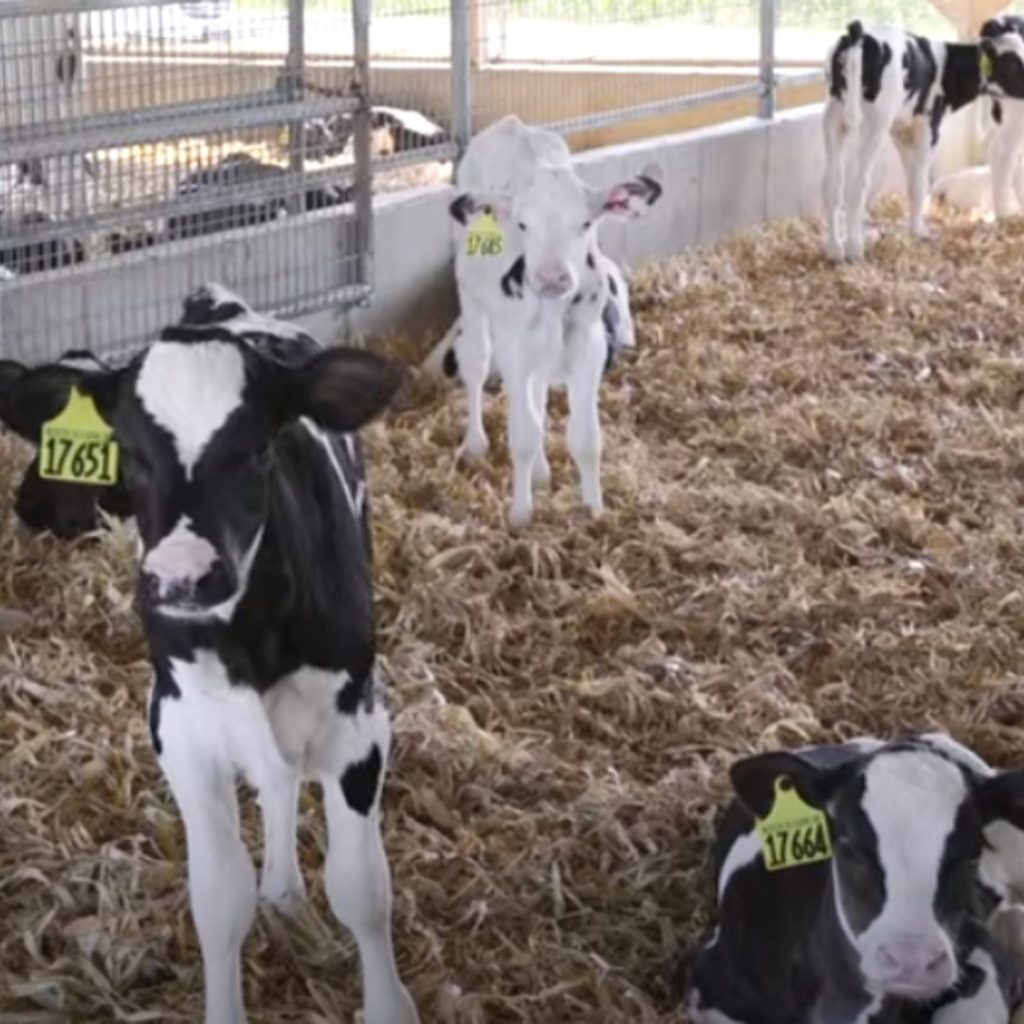
By making the choice to feed them acidified milk, the Hissongs are deliberate about increasing pH to improve palatability and intake. Their goal is to loop milk throughout the barn 24/7 and eliminate bacteria growth. They test the milk regularly, and Rod says there are little to no scours because of using the formic acid. The calves are also eating smaller meals and not slug feeding.
“That milk can be in the tank at 65 degrees even in the heat of summer if you have the pH right. Once it goes into the loop, it does get warmed up. Depending on how much waste milk we have, that milk is only [in the tank] about a day. But it could be there three days,” Rod shared. “After three days, we’re still not seeing any bacteria growth. Even with pasteurized milk, I think you’d see the bacteria growth [at that point]. It has been a great way to keep bacteria growth as minimal as possible.”
In the last year, specifically by adjusting the acid level in the milk to make it more palatable and focusing on cleanliness, they have gotten to a point where their calves are consistently at over a two-pound growth rate per day. Rod says the barn is also very labor-efficient.
“I do not have a calf manager specifically. That’s a huge benefit of the barn. It’s really labor-efficient,” he explained. “We’re not mixing milk two or three times a day or delivering it. The daily tasks in the barn are very minimal.”
When it comes to technology in the calf barn, their team tried computerized feeders but they didn’t work well when they had 350-400 calves on milk at one time. Their unique approach and milk room set-up ultimately tries to do what computerized feeders do – on a much bigger scale.
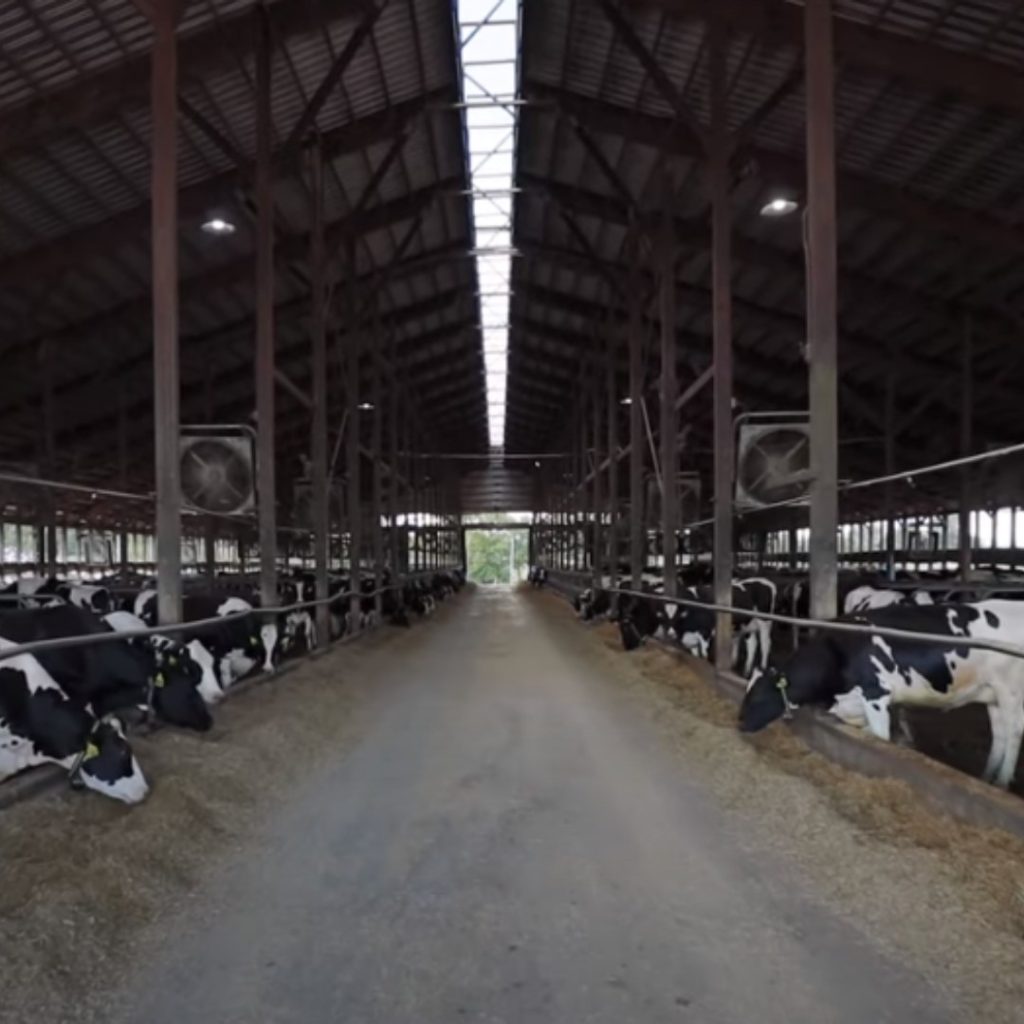
“The whole thing is controlled by a programmable logic controller (PLC). Anything in that barn, from the pump speed to how the milk is agitated, is controlled by the PLC. That has made it really nice to fine-tune the management of things,” Rod added.
As Rod and his team look to the future, they are about to break ground on a new free stall barn in Mercersburg to use for transition cows. They are also constantly working to eliminate bottlenecks in the transition period and cultivate a diverse workforce and positive culture for their employees.
“We would do our yearly job reviews and give raises. Our employees were always appreciative, but some would thank me the most for giving them responsibility to make decisions. They really valued that and found it to be important. That’s something we’ve built on,” Rod said. “They could all probably go somewhere else and make a little more money, but I think it’s all the other things: the way they’re treated and the way they’re managed. We’re recognizing that talent.”
To listen to the full podcast interview, visit www.centerfordairyexcellence.org/podcast. The podcast is also available on Spotify, Apple Podcasts, and Amazon Music. With a new episode released each month, Rod’s interview is the fourth episode in the third season. The podcast was designed to share real-time farmer insight, tricks of the trade, and inspiring stories from dairies across Pennsylvania.

